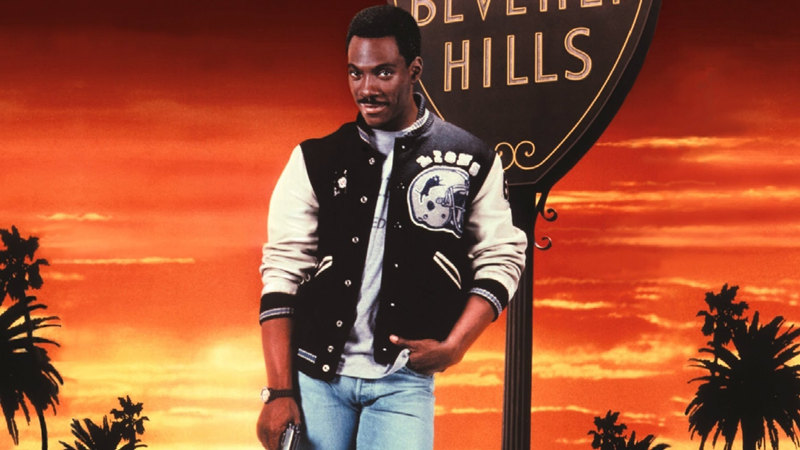It’s hard to watch a documentary focused on the American health care system these days and not draw comparisons to Michael Moore’s “Sicko.” Moore has a knack for taking a serious, hot-button issue, and adding some levity to it while also convincing the audience that hellfire and brimstone is right around the corner if change doesn’t happen now. What Moore is also an expert at is putting an enemy face on the issue. His artistry at painting “Planet of the Apes” actor Charlton Heston as the face of what is wrong with gun violence in America was as impressive as it is scary. In “Sicko,” the enemy was not so much an individual but the insurance industry in general, and many individuals within that industry were villainized. Matthew Heineman and Susan Froemke’s “Escape Fire: The Fight to Rescue American Healthcare” looks into and exposes the flaws of America’s healthcare system much like “Sicko” does but does so without pinning the blame on a particular person or even body of people. It is this honesty and accuracy towards the complexity of the subject that makes “Escape Fire” a more relevant and useful documentary than “Sicko” but a slightly less entertaining one.
The film is the brainchild of Dartmouth History graduate Heineman and Academy Award nominated director Froemke (“LaLee’s Kin: The Legacy of Cotton,” Best Documentary Feature). They brought their work to Sundance in 2012 and won awards on the smaller festival circuit, securing a limited theatrical release last October leading to its home video release.
The film is a combination of cinema verité and talking head interviews. The verité is really where the film shines. Several individuals are cast as subjects used to thread the various chapters of the film together including a wounded soldier flown home from Afghanistan suffering from post-traumatic stress disorder but none are more memorable than Dr. Erin Martin. Dr. Martin personifies the struggle we see within the American health care system. Married with children, Dr. Martin is conflicted while working for a family practice that urges her to see as many patients as possible in order to protect the bottom line. Wanting to be able to spend the time with her patients in order to properly help them, Dr. Martin leaves for another practice that promises more autonomy only to run in to the same patients per day problem she encountered earlier. The interviews of Dr. Martin with her young, but tired eyes tell the story of a woman, and a system, desperate for change but it’s running so fast on the proverbial treadmill that it just can’t stop.
While Heineman admits it was a boring one, the original title for this movie of “A Tale of Two Systems” is very appropriate and descriptive. For the amount of money that is spent on healthcare in the U.S. it sees remarkably poor health outcomes and the film presents two different but ultimately connected reasons for this. The first argument is that the system itself is the problem. Doctors and hospitals are encouraged financially to perform procedures and prescribe medications that aren’t entirely necessary and sometimes will actually make people’s health worse.
The other argument is that American’s health behaviors are to blame. Dr. Andrew Weil walks us through a typical convenience store full of sugar loaded drinks, white bread, and really nothing of nutritional substance. A man is shown lying in a hospital bed talking to his doctor about his diet. He says he eats the normal stuff, “Bacon, grits, sausages. “ From this, it is clear that the public is part to blame for their poor health.
The ultimate argument is that the public’s behaviors are only in response to the system they are forced to live with. Why eat better if every time something is wrong with you, a pill or a procedure is offered to you that will fix it?
The element to the bigger picture that the film touches on but never fully explores is the social aspect of health. There is validity to the social determinants of health. What this means is that because you are poor, because of the color of your skin, or because of your education, these things can predict your health outcomes as well as what you eat or what your family history is. Perhaps if we try to help those living in poverty, or aid access to higher education, the general public would be healthier. This is a concept foreign to the average movie-goer but is one that should eventually be addressed in a mainstream film.
Video:
“Escape Fire,” presented in a 1.78:1 aspet ratio is beautifully shot and looks very good on its DVD release. The verité portions of the film are shot handheld style and come off very authentic. A combination of a fly on the wall type of shooting distance to conversations is used as well as very intimate, in and out of focus shots to capture the emotion and the reality of the subjects.
Audio:
With a 5.1 Dolby Digital Audio soundtrack, the film sounds great. With all of the interviews the focus is on dialogue and conversations are always clearly heard. There is a pretty continual but understated soundtrack in the background that doesn’t interfere with any of the dialogue.
Impressive from a technical standpoint is the scene on the medical evacuation flight to the states where the plane is so loud that the medical staff must speak over headsets to communicate to each other. The film crew was able to tap into the headsets and record the audio of a riveting scene that introduces us to injured soldier Robert Yates.
Special Features:
“Escape Fire” contains a healthy dose of special features for a documentary. The audio commentary with Heineman and Froemke really pulls the curtain back to the filmmaking process and explain some of the resistance they met from the industry in making the film. There are also deleted and extended scenes, a making of featurette, a Sundance premiere featurette and updates on Dr. Martin and Sgt. Yates. It’s nice to see a relatively minor release go the extra mile in putting these extra features on the DVD.
Bottom Line:
Documentaries that push a cause is an over served niche right now in film. With that in mind, it takes a truly remarkable film to stand out from the pack and actually affect change. “Escape Fire” is a good documentary. Unfortunately, the only people who are likely to watch it are those who believe in the cause already and don’t need to be convinced of its message. What this movie brings to the table that “Sicko” doesn’t is that it presents a more real and honest depiction of the healthcare system. It doesn’t try and create a villain for dramatic effect or to incite action. It presents to you a picture of a system that is broken beyond repair and the only way to fix it may be to burn it to the ground.


